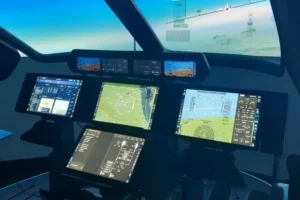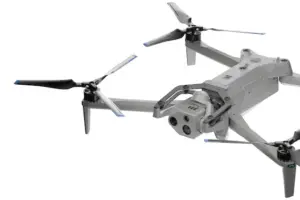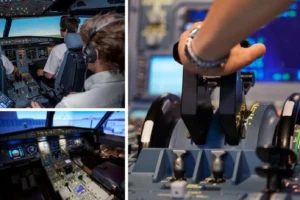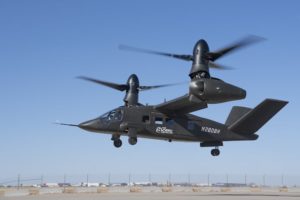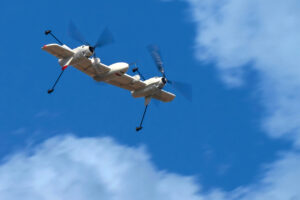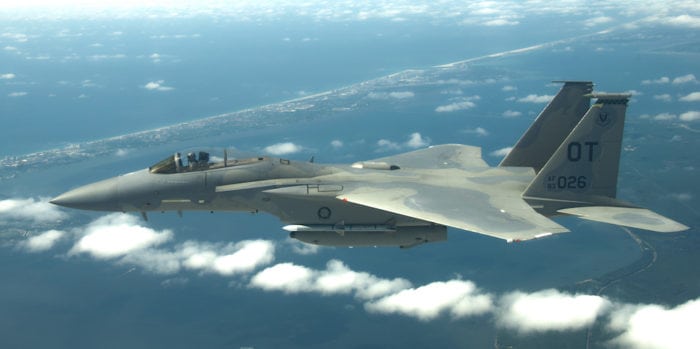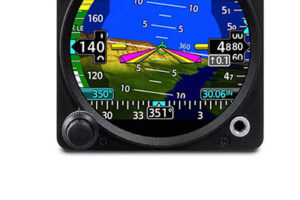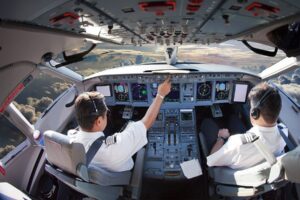Commercial, Embedded Avionics, Military
EASA Proposes Improvements to Integrated Modular Avionics Cert Process
By Woodrow Bellamy III | May 6, 2015
Send Feedback
[Avionics Today 05-06-2015] The European Aviation Safety Agency (EASA) is proposing a new certification memorandum to provide expanded support for the airworthiness approval of Integrated Modular Avionics (IMA) systems. EASA is proposing the memorandum as a way to identify when a system may be considered as an IMA package or not.

The Integrated Modular Avionics (IMA) setup on the Airbus A350 XWB. Photo: Airbus.
In the proposed memorandum, EASA acknowledges IMA systems as a set of flexible, reusable and interoperable hardware and software resources that integrate several aircraft functions on the same platform provided by different hosted applications. Historically, these avionics functions have been functionally and physically separated as Line Replaceable Units (LRUs), however over the last two decades the use of IMA in military and commercial aircraft cockpits has rapidly expanded.
The cockpits featured on the A350 XWB, Boeing 787, Gulfstream G500/600, and countless others serve as examples of IMA setups, where a number of different avionics suppliers provide hardware and software to support the control of the aircraft within an integrated setup. While IMA setups might seem like old news to some, EASA expects the use and scope of IMA to continue to expand in the near future and wants to provide more clarity in identifying and certifying IMAs going forward.
“From a regulatory standpoint, there are not yet specific requirements adopted within the current EASA certification specifications or in AMC 20 series for the certification aspects of IMA. Additional guidance is hence needed to address specific aspects at application, component, platform, system, and aircraft level,” EASA’s proposed certification memorandum states.
The European regulatory agency is using ED-124, the European Organization for Civil Aviation Equipment (Eurocae) standard that provides guidance for IMA developers, integrators, applicants, and those involved in the approval and continued airworthiness of IMA systems. EASA is also suggesting supplements to ED-124 to provide further guidance on the scope of certification credit and obtaining European Technical Standard Orders (ETSOs) associated with IMA systems.
Amendments to the ED-124 standard are proposed regarding the incremental certification process, failure modes and flight crew annunciation and messaging, specific analysis and configuration data. The incremental certification process certifies aircraft systems embedding digital equipment for which EASA grants some certification credit for the previously qualified component or module prior to that component or module being configured and integrated into the IMA system.
Under the ED-124 standard, the concept of this process is presented as a “letter of acceptance,” which the agency indicates is “not feasible in [the] EASA system.” Instead, EASA wants the certification credit to be limited to a specific aircraft type certification or to a subsequent aircraft level certification of a system modification.
In 2010, the FAA took similar actions to the newly proposed certification memorandum, with the issuance of Advisory Circular (AC) 20-170. That AC shows how to obtain FAA airworthiness approval for development, verification and integration of an IMA system for installation into an aircraft using RTCA’s DO-297 as a baseline for guidance. Additionally, the agency is proposing to establish CS XX.1322’s regulation of the presentation of failure annunciation to the flight crew to be superior to section 3.6.5 of ED-124 which defines how an IMA and health monitoring or fault management function should present failure annunciations.
EASA has opened its proposed certification memorandum for public consolation through June 10, 2015.
“This Certification Memorandum is primarily aimed at applicants for Type Certificates (TC), Supplemental Type Certificates (STC), of any aviation product implementing a system or an equipment having all or partial IMA characteristics,” EASA states.


